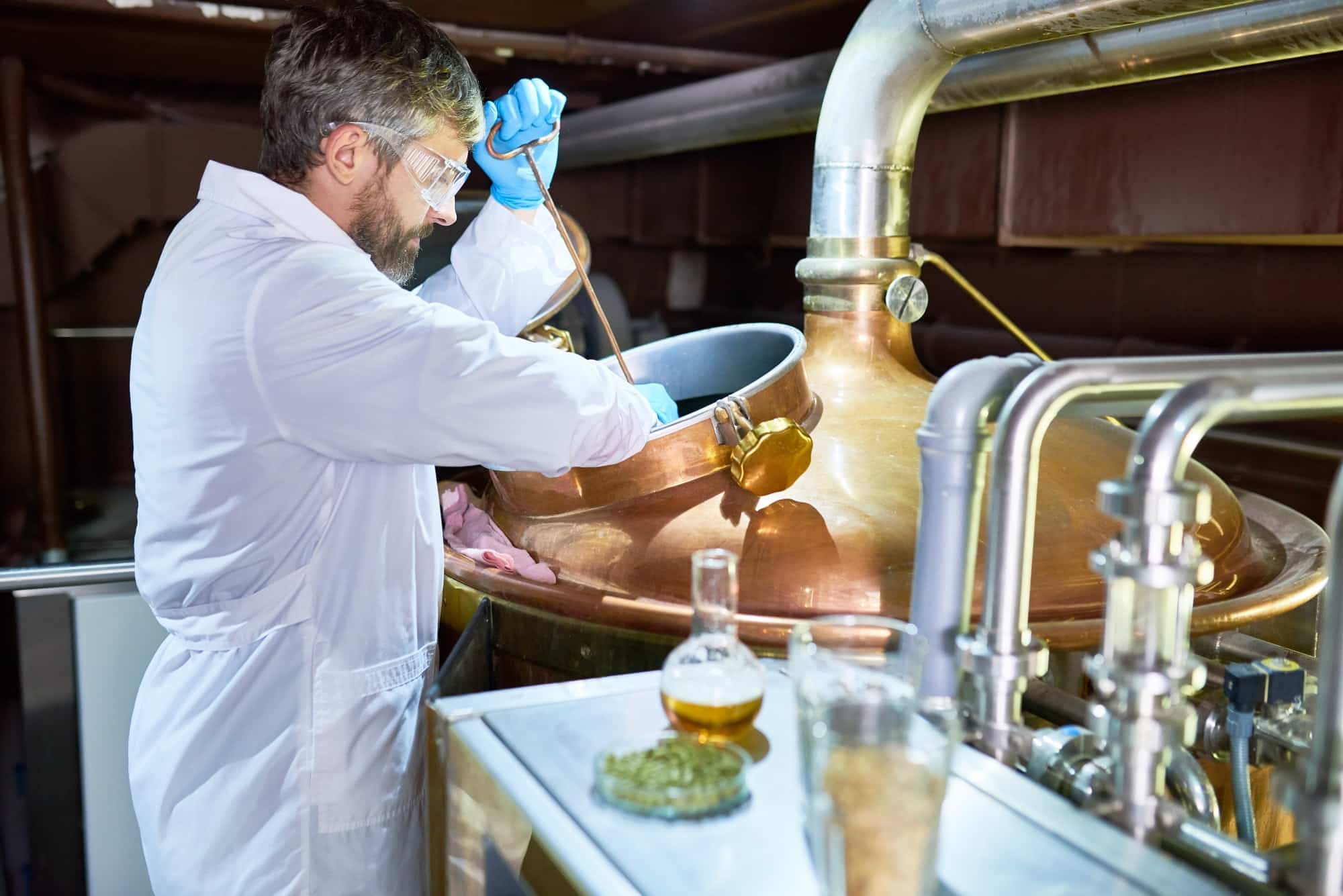How to Use Fermentation to Enhance the Flavor of Homemade Sourdough?

Feeling the urge to create your own sourdough bread from scratch? It’s not just the cooking process that’s rewarding, it’s also the rich, tangy flavor that makes every bite worth it. The secret to this unique taste? It’s all about fermentation! Let’s break down how this time-old process can turn simple flour and water into a delicious, flavorful loaf.
The Magic of Sourdough Starter
The sourdough journey starts with one crucial ingredient: the starter. But what is it exactly? The starter is a fermented mixture of flour and water that contains wild yeast and lactobacilli. This dynamic duo is what gives sourdough its rise and distinct sour flavor.
Also read : What’s the Secret to Perfectly Cooked, Fall-Off-The-Bone Barbecue Ribs?
For the uninitiated, creating a starter might seem like a daunting task, but it’s actually quite simple. To kickstart the fermentation process, all you need is to mix equal parts flour and water, then leave it to ferment in a warm area. Over the next few days, you’ll feed it with more flour and water until it’s ready to be used in your dough.
Understanding the Fermentation Process
Fermentation, the process that gives sourdough its distinctive flavor, takes place when the wild yeast and lactobacilli in your starter break down the sugars in the dough. This creates carbon dioxide gas, which makes the dough rise, and lactic acid, which gives it that classic sour taste.
Additional reading : Can You Prepare a Gourmet Seafood Feast Using Sustainable Fish?
Temperature and time play a significant role in the fermentation process. A warmer temperature will speed up fermentation, while a cooler one will slow it down. If you’re aiming for a strong, tangy flavor, you’ll want to opt for a longer fermentation period at a cooler temperature. Just remember, the fermentation period shouldn’t extend beyond 48 hours, or else the yeast might run out of food and the dough could spoil.
Kneading and Shaping Your Dough
Once you’ve let your dough ferment, it’s kneading time. You might be tempted to rush this step, but remember, the more time and effort you put into kneading, the better the texture of your bread will be.
After kneading, it’s time to shape your dough. This is where you can let your creativity shine! Whether you’re going for a traditional round loaf, a long baguette, or something more imaginative, shaping is all part of the fun. Once you’ve achieved the desired shape, it’s time to let your dough rise for a few hours before baking.
Baking Your Sourdough Bread
This is where the magic happens! When you put your dough in the oven, the heat causes the yeast to go into overdrive, creating more gas and making the bread rise rapidly. This is called ‘oven spring’. At the same time, the crust begins to form and caramelize, giving the bread its beautiful golden color and irresistible aroma.
The baking time and temperature can vary depending on the size and shape of your loaf, but a good rule of thumb for sourdough bread is to bake it at around 230°C (450°F) for about 20 to 35 minutes.
Enjoying the Fruits of Your Labor
After hours of fermentation, kneading, rising, and baking, you’ve finally got your homemade sourdough bread. Now comes the best part – cutting into the warm loaf, slathering a slice with butter, and taking that first bite.
As you savor the tangy, complex flavors, you’ll understand why sourdough bread is worth every minute of the process. It’s not just about the flavor – it’s about the satisfaction of creating something delicious from simple ingredients, using a process that’s been used for centuries.
So go ahead, start your sourdough journey today. With a bit of patience and practice, you’ll soon master the art of fermentation and create sourdough bread that’s bursting with flavor. And remember, the secret is in the fermentation process. So take your time, enjoy the process, and most importantly, enjoy the fruits of your labor. Happy baking!
Mastering the Bulk Fermentation Stage
Now that you’ve got your sourdough starter ready and your dough kneaded and shaped, it’s time to delve deeper into the bulk fermentation stage. This stage is pivotal in developing the complex sour flavor and the texture of your bread.
Bulk fermentation is the first major rise given to the mixed bread dough after it has been kneaded and shaped. The term ‘bulk’ is used because you allow the entire dough to ferment as a whole before it is divided and shaped into individual loaves. During this period, the wild yeast and lactobacilli in your starter continue to break down the sugars in the flour water mixture, releasing carbon dioxide gas, lactic acid, and acetic acid.
The lactic acid contributes to the tangy, sour flavor of your sourdough, while the acetic acid gives it a vinegar-like aroma and enhances the bread sour. These acids not only impact the flavor profile of your bread but also act as natural preservatives, keeping your bread fresh for a longer period.
The length of the bulk fermentation stage can greatly affect the final outcome of your bread. A shorter fermentation time may result in bread that is less sour, while a longer period will intensify the tangy flavor. The dough will be ready when it has noticeably expanded in size and the surface is dotted with large and small bubbles.
Remember, the consistency of your dough at room temperature is vital during bulk fermentation. Too warm and the dough will ferment too quickly and could become overly sour. Too cool, and the fermentation process slows down, requiring more time to develop the desired flavor sourdough is known for.
Conclusion: Perfecting Your Sourdough Bread Recipe
While making sourdough bread can seem daunting at first, with time, patience, and a little trial and error, you can master the process and create your own delicious loaves at home. The key takeaway is understanding that the fermentation process, particularly the bulk fermentation stage, is where the magic happens.
You can experiment with different variables such as the type of bread flour you use or the consistency of your sourdough starter. You could even try adding rye flour or doing more stretches and folds to your dough – these can all influence the flavor profile and texture of your final product.
The joy of baking sourdough comes from more than just the end result. It’s about the journey, the anticipation of seeing your creation rise and take shape, and the satisfaction of knowing that you’ve crafted a unique flavor profile from a simple blend of flour, water, and time.
So, keep experimenting, keep learning, and don’t be afraid to make mistakes along the way. Remember, every loaf you bake is an opportunity to improve and refine your technique. So, embrace the process, enjoy the journey, and most of all, savor the delicious, complex flavors of your homemade sourdough bread.
